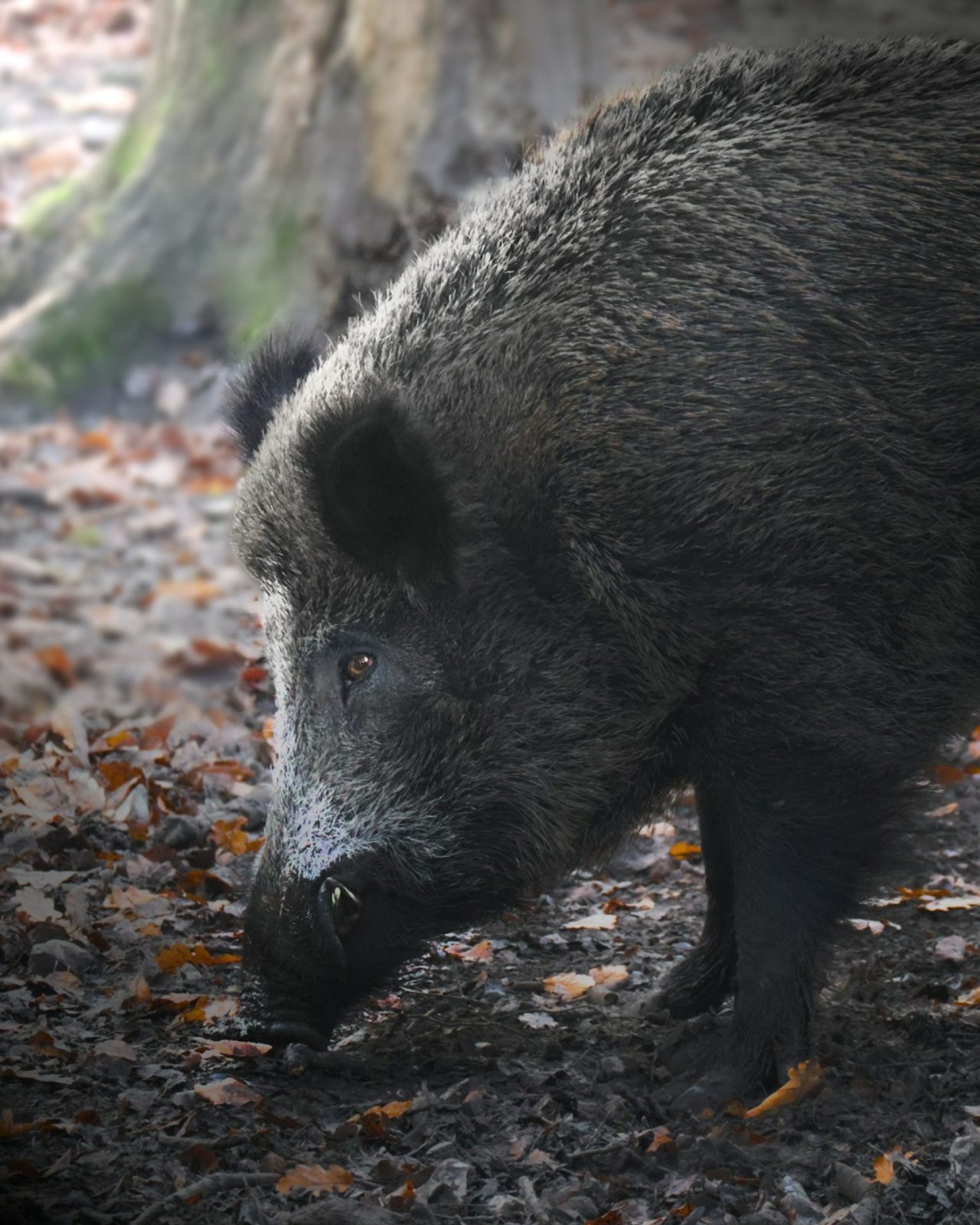
What is sustainable living? How Your Choices Shape a Sustainable Present and Future
By embracing sustainable living, we adopt practices that contribute to the well-being of the environment, society, and economy.

The market offers two types of wild (game) meat.
The first type is the game meat from animals hunted in their natural habitats.
These animals are typically captured through traditional hunting practices, often by indigenous communities or local hunters. This method of obtaining wild meat has been practiced for centuries and is deeply ingrained in many regions' cultural and dietary traditions.
The second type of wild meat available in the market is derived from farming practices involving wild animals.
Unlike traditional hunting, where animals are captured from the wild, farming involves breeding and raising wild species in controlled environments. This approach aims to meet the demand for wild meat while reducing pressure on wild populations and conserving natural habitats. However, farming wild animals for meat production raises ethical and environmental concerns, including issues related to animal welfare, genetic diversity, and ecosystem integrity.
As consumer awareness grows and concerns about sustainability and food safety become more prominent, there is a need for greater transparency and accountability in the wild meat industry to ensure the ethical and responsible sourcing of this valuable food resource.
It is proven that wild animal meat has a higher nutritional value than farming ones, such as vitamins (B12, B2, B3), micronutrients (Fe, Cu, Zn), and low salt and fat content.

By embracing sustainable living, we adopt practices that contribute to the well-being of the environment, society, and economy.

The idea of a sustainable diet was established in 2010.

A sustainable diet is considered to be a diet that resembles a nutritionally healthy diet.

Sustainability goes beyond admiration; it is a commitment to maintaining the delicate balance between our species and the planet.

Several scientists are “defending” meat consumption, replying that red meat is the source of essential nutrients.
Welcome to Sustainable Living by Science. With our scientific mindset, we are exploring how to nurture our well-being while caring for the environment. We are sharing the meaning of sustainability through evidence-based practices. Join us on this journey towards a greener, healthier future where science guides us to make the best choices for ourselves, the planet, and others.
All content is © 2024 by Sustainable Living by Science. All rights reserved.